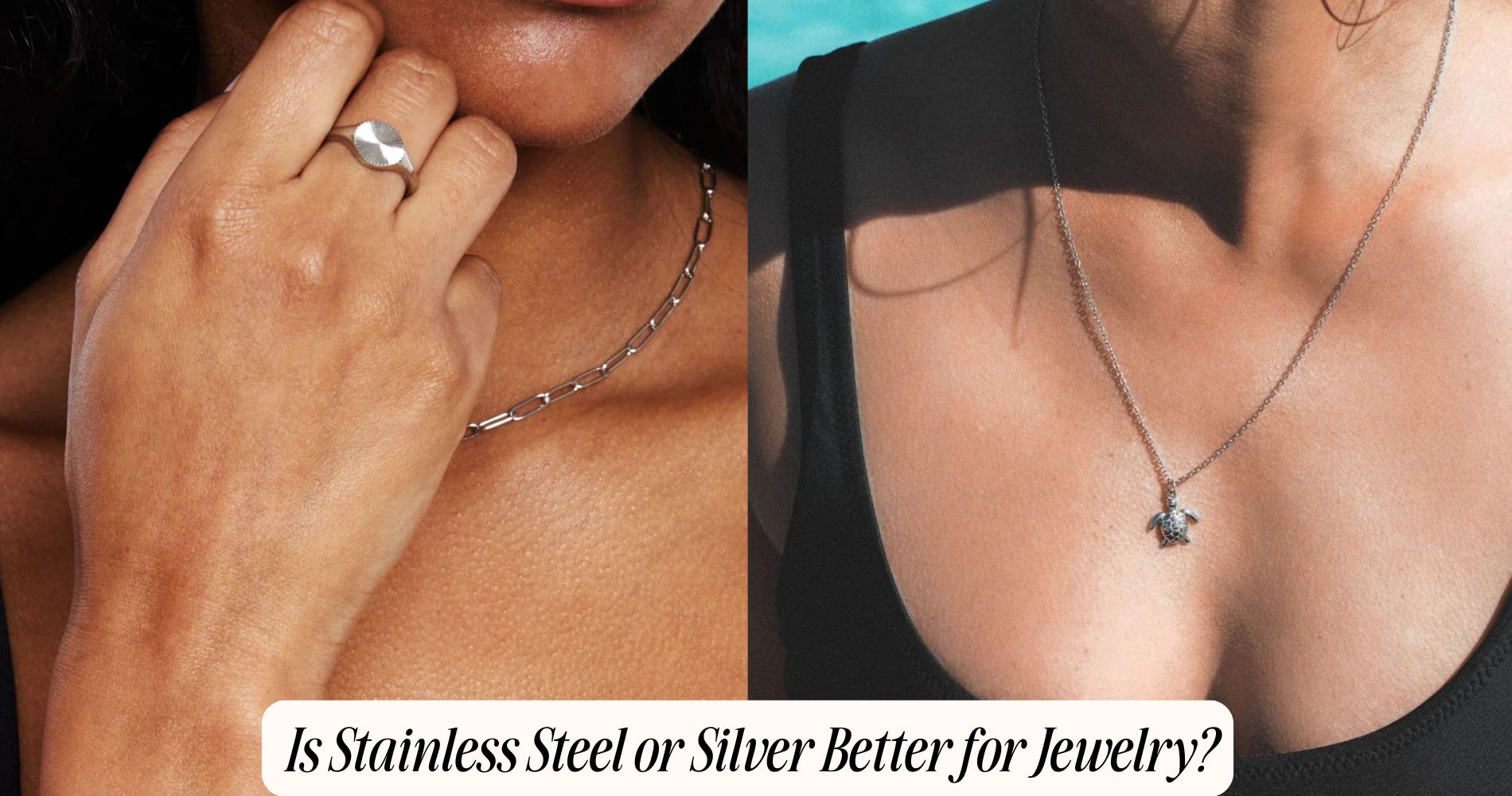
Is Stainless Steel or Silver Better for Jewelry?
Wondering is stainless steel or silver better for jewelry? Stainless steel stands out for its durability and resistance to tarnish, making it a perfect choice for those with active lifestyles. Silver, on the other hand, offers timeless beauty and classic charm but requires more maintenance due to its softness and tendency to tarnish. If you prefer modern elegance with minimal upkeep, stainless steel is the way to go. But for detailed craftsmanship and a traditional appeal, silver remains a beloved option.
Understanding the Composition of Stainless Steel and Silver
When comparing stainless steel and silver for jewelry, understanding their composition is essential.
Stainless steel is an alloy primarily composed of iron, chromium, and nickel. This combination provides enhanced corrosion resistance due to chromium's oxidation layer. Alloy variations in stainless steel can include elements like molybdenum for increased durability.
In contrast, silver jewelry typically consists of sterling silver, an alloy containing 92.5% silver and 7.5% other metals, often copper, to improve hardness and durability.
The composition differences between stainless steel and silver greatly influence their appearance and functional properties. You must consider these alloy variations when selecting materials, as they affect factors such as weight, color, and resistance to environmental elements.
Understanding these details enables informed decisions in jewelry selection.
Durability and Longevity: Which Material Stands Up Best?
Analyzing the composition of stainless steel and silver provides a foundation for evaluating their durability and longevity in jewelry applications.
Stainless steel, infused with chromium, exhibits exceptional wear and tear resistance, making it a robust choice. It maintains structural integrity under frequent use, enduring scratches and minor impacts without significant damage. Its high impact resistance guarantees that your pieces remain intact even when subjected to daily rigors.
Conversely, silver, while aesthetically pleasing, is softer and more susceptible to wear and tear. It can deform or scratch easily when exposed to similar conditions. Over time, silver's softer nature may lead to visible degradation, reducing its lifespan.
When considering jewelry for everyday wear, stainless steel's superior durability offers a more resilient, long-lasting option.
Tarnish and Corrosion Resistance in Jewelry
While selecting materials for jewelry, understanding their resistance to tarnish and corrosion is crucial.
Stainless steel exhibits superior corrosion resistance due to its chromium content, forming a passive layer that shields against environmental factors. It undergoes rigorous corrosion resistance testing to guarantee durability against moisture and acidity.
Silver, although aesthetically appealing, is prone to tarnish when exposed to sulfur compounds. Tarnish prevention techniques for silver include rhodium plating and regular polishing, which can enhance its longevity. However, these methods require consistent maintenance compared to stainless steel's low upkeep.
Aesthetic Appeal: Modern vs. Classic Styles
Although personal preference plays a significant role in choosing jewelry, understanding the aesthetic appeal of stainless steel versus silver can guide your decision.
Stainless steel embodies modern elegance, characterized by its sleek, minimalist designs and high-gloss finish. Its contemporary look aligns well with geometric patterns and avant-garde styles, appealing to trendsetters seeking cutting-edge fashion statements.
In contrast, silver offers classic charm, often showcased in intricate designs and timeless motifs. Its warm, lustrous glow complements vintage-inspired pieces, evoking an enduring sophistication. Silver’s malleability allows for detailed craftsmanship, perfect for heirloom-quality creations.
Maintenance and Care: Keeping Your Jewelry Looking New
When maintaining the brilliance of your jewelry, understanding the unique care requirements of stainless steel and silver is crucial.
Stainless steel demands minimal upkeep due to its corrosion resistance. For cleaning techniques, use a soft cloth with mild soap and water, avoiding harsh chemicals that could damage the surface.
Silver, however, requires more diligent care to prevent tarnish. Employ a specialized silver polish and cloth for best results.
To preserve both materials, implement effective storage solutions: use anti-tarnish bags for silver, while stainless steel benefits from a dry, cool environment.
Always separate pieces to avoid scratches.
Hypoallergenic Properties: Safe Choices for Sensitive Skin
Choosing jewelry for sensitive skin involves understanding the hypoallergenic properties of materials like stainless steel and silver.
Stainless steel, particularly surgical-grade, is highly recommended for those with nickel allergies. Its composition minimizes the risk of irritations, making it a safe choice for sensitive skin. The alloy typically contains chromium, which forms a protective layer, reducing nickel exposure.
On the other hand, silver, especially sterling silver, can be problematic. Sterling silver often contains copper, and sometimes trace nickel, which may trigger allergies.
However, fine silver, with its higher purity, offers a safer alternative. For sensitive skin, prioritize jewelry labeled as nickel-free and verify its composition. This guarantees ideal comfort and reduces the likelihood of allergic reactions when wearing such accessories.
Price Comparison: Budget-Friendly vs. Premium Options
While evaluating the cost differences between stainless steel and silver jewelry, it’s essential to take into account both initial investment and long-term value.
Stainless steel is significantly a budget-friendly option, offering durability and resistance to corrosion at a fraction of silver's cost. Its low maintenance and longevity make it appealing for those looking to save without compromising quality.
On the other hand, silver jewelry often demands premium pricing due to its intrinsic value and classic appeal. Silver requires periodic polishing to maintain its luster, adding to its long-term costs.
However, it holds resale value, potentially offsetting some of these expenses. When deciding between these materials, consider whether immediate savings or a more prestigious, enduring investment aligns better with your financial priorities.
Versatility in Design: Adapting to Various Fashion Trends
Although different materials offer unique benefits, stainless steel and silver each bring distinct advantages in design versatility, allowing them to adapt to a wide spectrum of fashion trends.
Stainless steel's robust properties lend themselves to fashion adaptability, enabling intricate, bold, and modern designs that seamlessly integrate with contemporary trends. Silver, renowned for its malleability, allows for delicate craftsmanship, making it ideal for intricate, timeless pieces that easily blend into classic and vintage styles.
In the domain of trend integration, stainless steel's resistance to tarnishing guarantees durability, maintaining its appeal across shifting fashion landscapes.
Conversely, silver's natural luster provides an elegant backdrop for gemstones, enhancing its versatility. Consequently, whether you prefer cutting-edge or classical aesthetics, both materials offer a compelling adaptability to evolving fashion demands.
Environmental Impact and Sustainability of Materials
When considering the environmental impact and sustainability of materials for jewelry, it's crucial to evaluate both stainless steel and silver through a lens of ecological responsibility.
Stainless steel, known for its durability, is often produced using advanced recycling processes, reducing the need for continuous resource extraction. By recycling, you minimize waste and conserve energy, making stainless steel a more sustainable option.
Silver, while highly valued, requires significant resource extraction, often leading to habitat disruption and pollution. However, silver can also be recycled, though the process is less energy-efficient compared to stainless steel.
When choosing between these metals, consider the environmental costs of mining and the efficacy of recycling processes to make an ecologically responsible decision for your jewelry selections.
Choosing the Right Metal for Your Lifestyle and Needs
Evaluating the environmental impact of materials provides a foundation for considering how stainless steel and silver suit your lifestyle and needs.
When determining metal preferences, assess factors like durability and maintenance. Stainless steel boasts high corrosion resistance, making it suitable for an active lifestyle. Its hypoallergenic properties enhance lifestyle compatibility, especially for those with sensitive skin.
Conversely, silver, with its classic aesthetic, might appeal if you favor traditional elegance but requires regular polishing due to tarnishing.
Consider your daily activities: if your lifestyle involves rigorous use, stainless steel's robustness is advantageous. For more formal settings, silver's timeless allure may be preferable.
Ultimately, your choice should align with both practical requirements and personal style, ensuring long-term satisfaction with your jewelry selection.
Frequently Asked Questions
How Does the Weight of Stainless Steel Compare to Silver in Jewelry?
Stainless steel is denser than silver, leading to a heavier weight for similar-sized jewelry pieces. You'll notice this weight comparison due to density differences, with stainless steel providing a more substantial feel than the lighter, less dense silver.
Are There Noticeable Differences in the Shine or Luster of These Metals?
You'll notice a significant difference in shine comparison. Silver exhibits a higher luster quality due to its natural reflectiveness, while stainless steel provides a more subdued sheen, offering greater durability and resistance to tarnish over time.
Can Stainless Steel Jewelry Be Resized Like Silver?
You can't resize stainless steel jewelry as easily as silver due to its lower metal malleability. Resizing techniques for silver involve simple adjustments, while stainless steel requires specialized tools and skills, making it more challenging.
Is One Metal More Prone to Causing Skin Discoloration?
Silver is more prone to causing skin discoloration due to tarnishing, especially if you've got metal allergies or skin sensitivity. Stainless steel's chromium layer reduces oxidation, making it less likely to cause adverse reactions.
Do Silver Pieces Retain Their Value Better Than Stainless Steel Over Time?
Yes, silver pieces generally retain their value better due to higher investment potential and market demand. Silver's intrinsic value and historical appreciation make it a more lucrative choice, ensuring stronger performance in fluctuating economic conditions.
Conclusion
In choosing between stainless steel and silver for jewelry, assess your priorities. Stainless steel offers superior durability and corrosion resistance, making it ideal for active lifestyles. Its modern aesthetic and low maintenance appeal to contemporary tastes. Silver, with its classic elegance, requires more upkeep but offers timeless beauty. Consider your budget, as stainless steel is more cost-effective. Both materials have unique environmental impacts, so select based on personal values and lifestyle needs for maximum satisfaction.







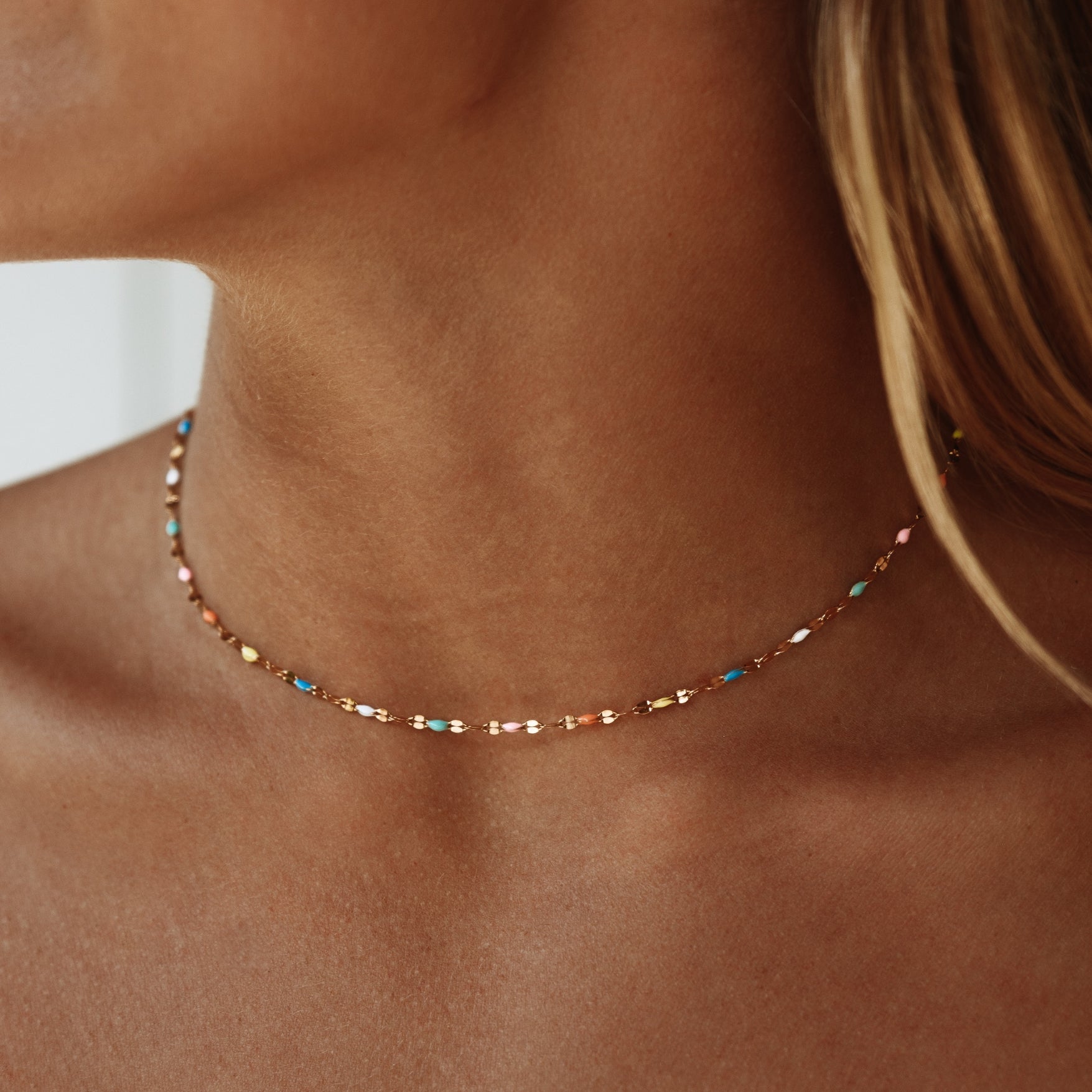
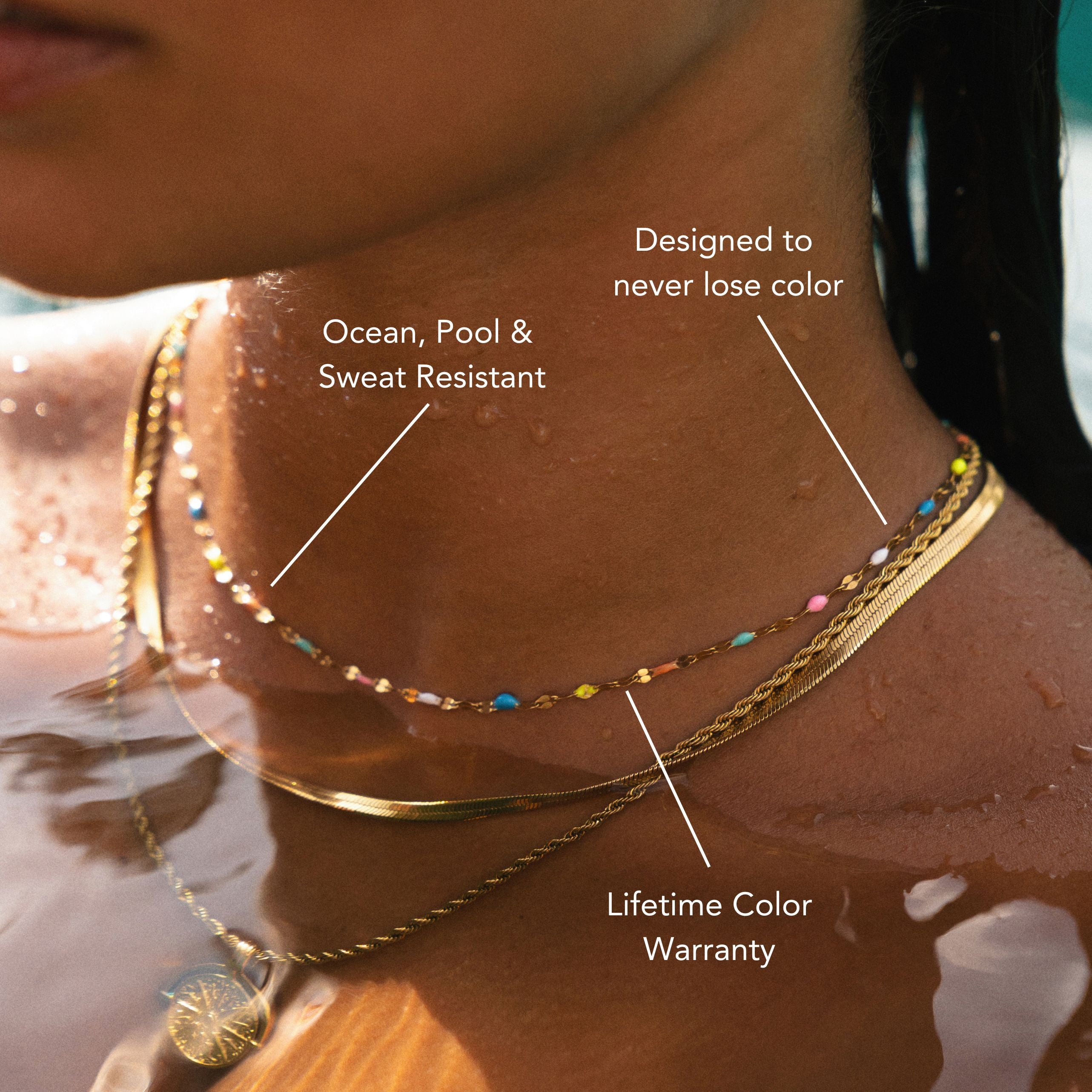
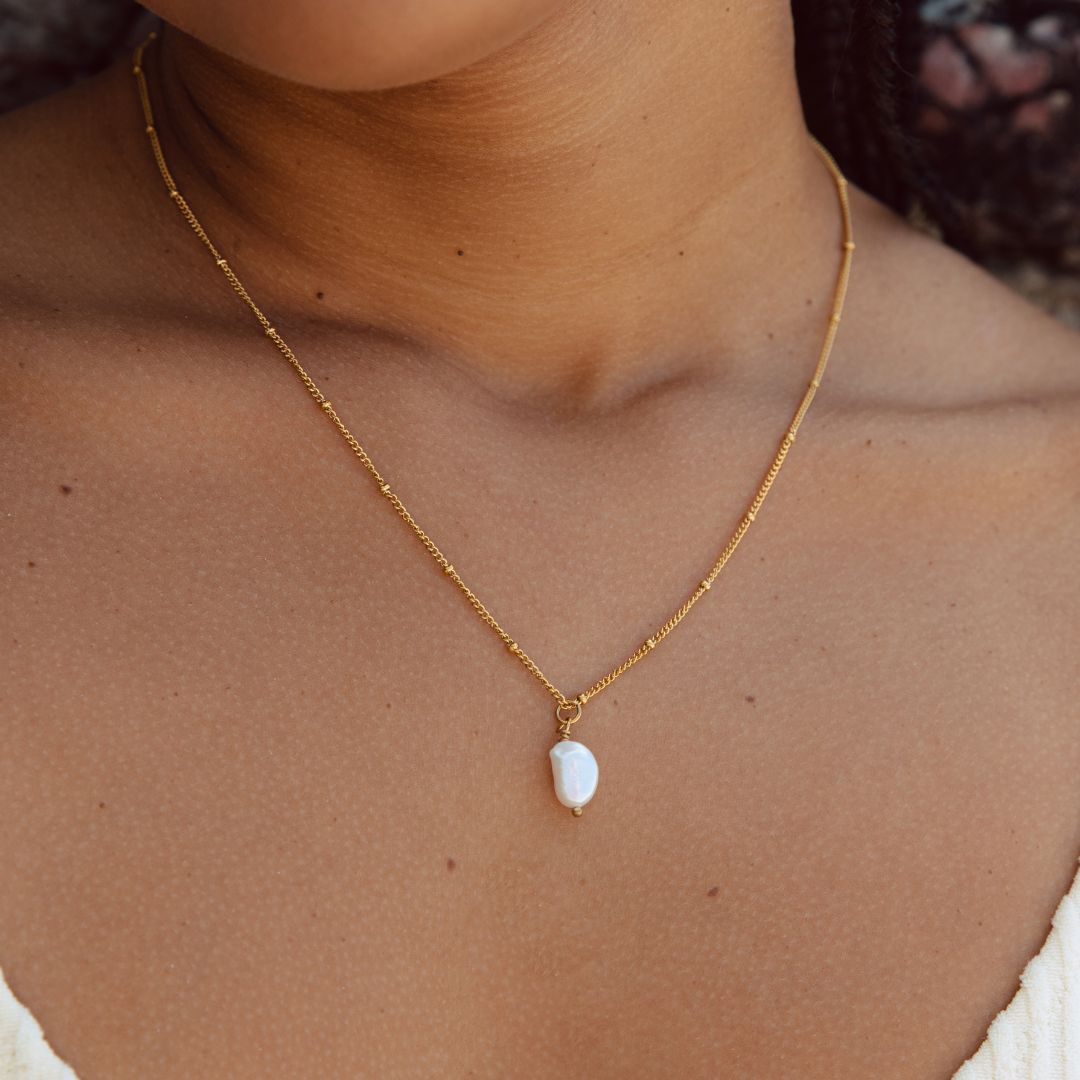

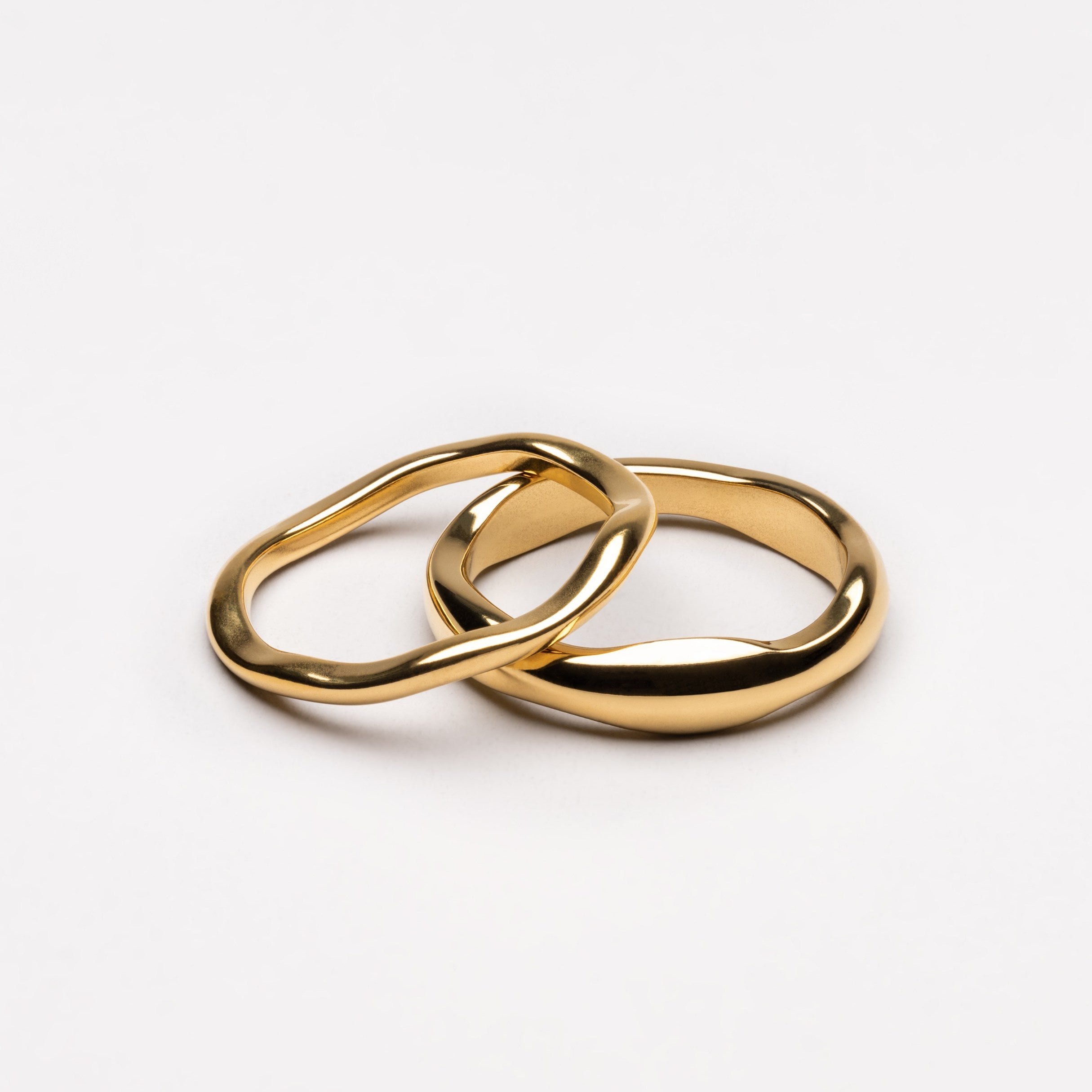

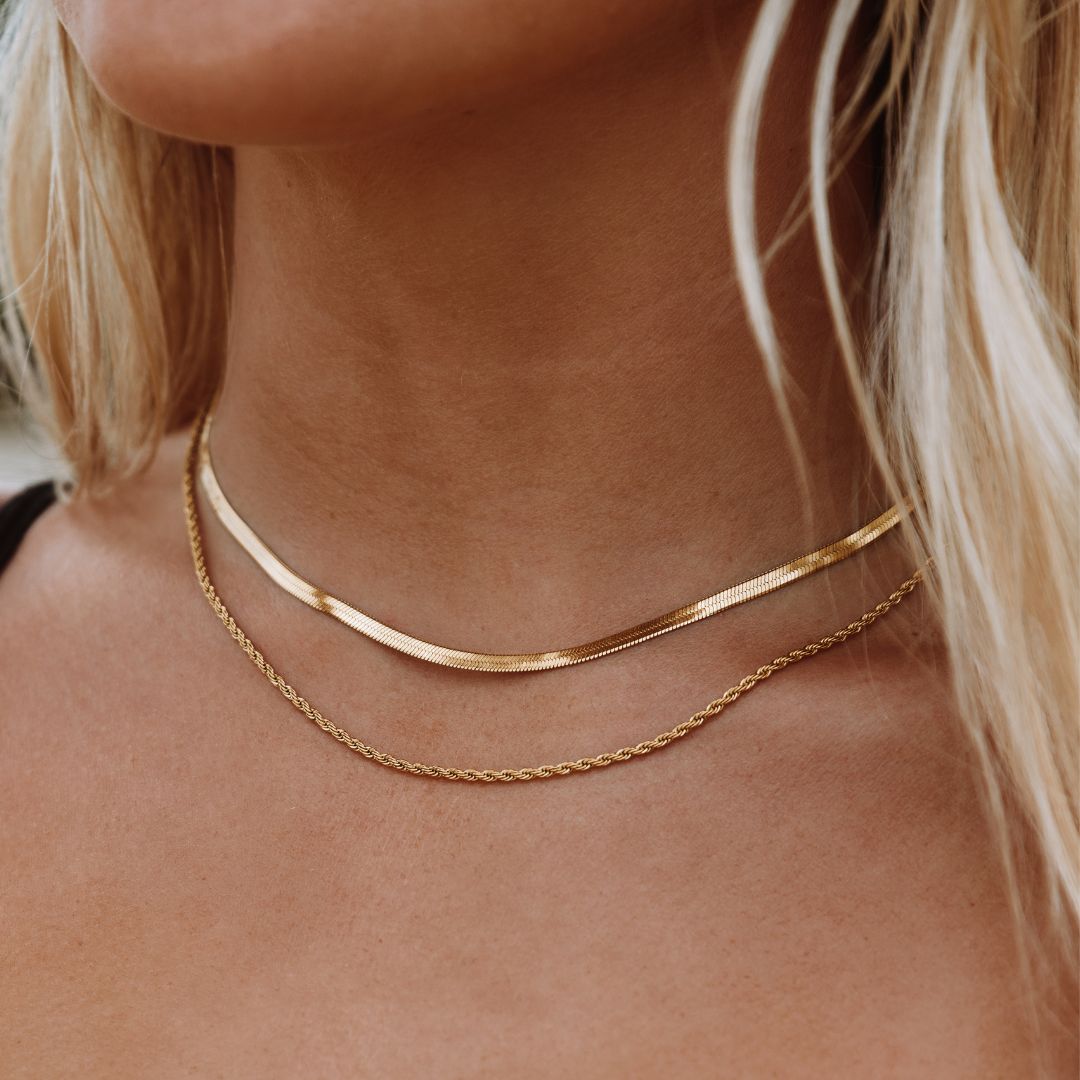
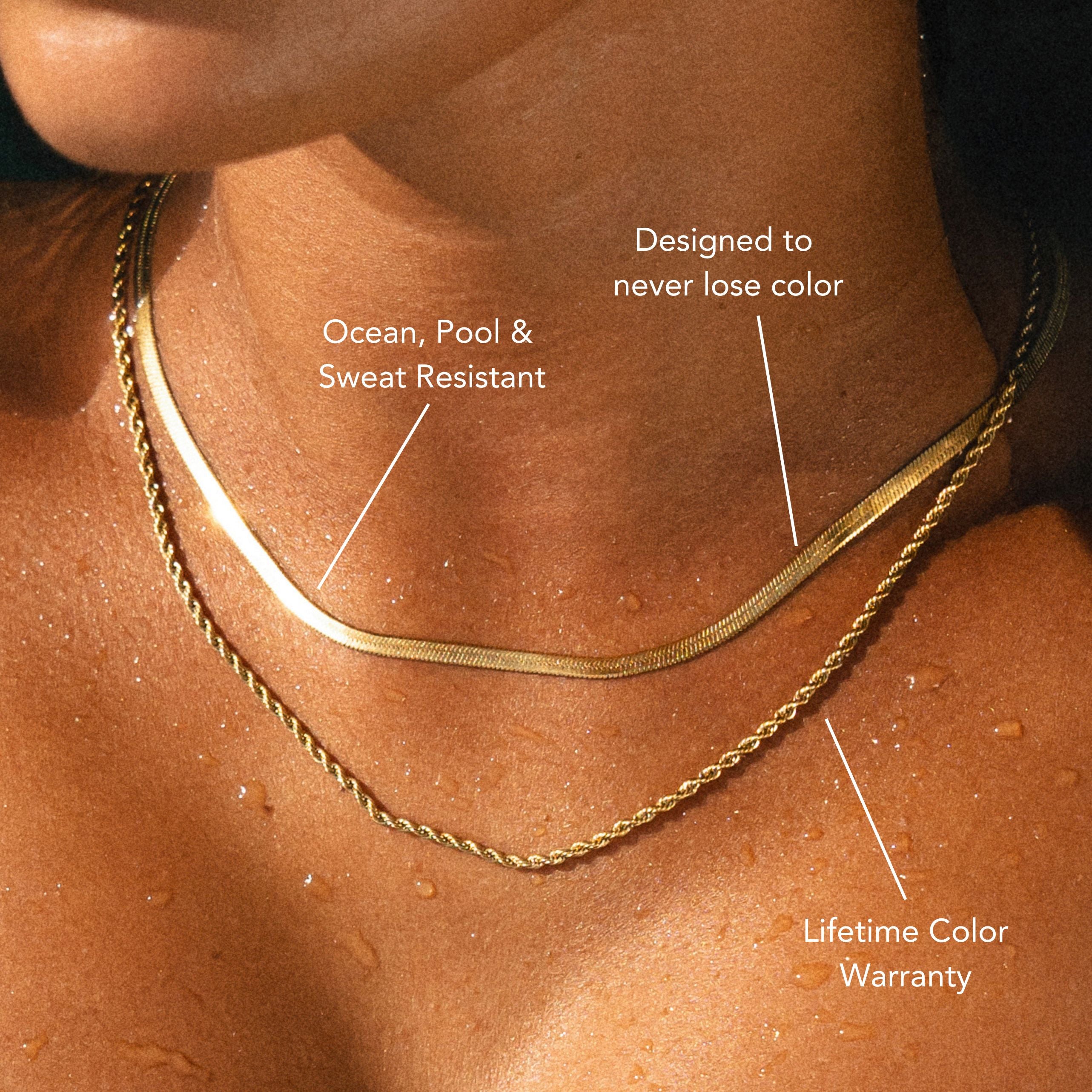
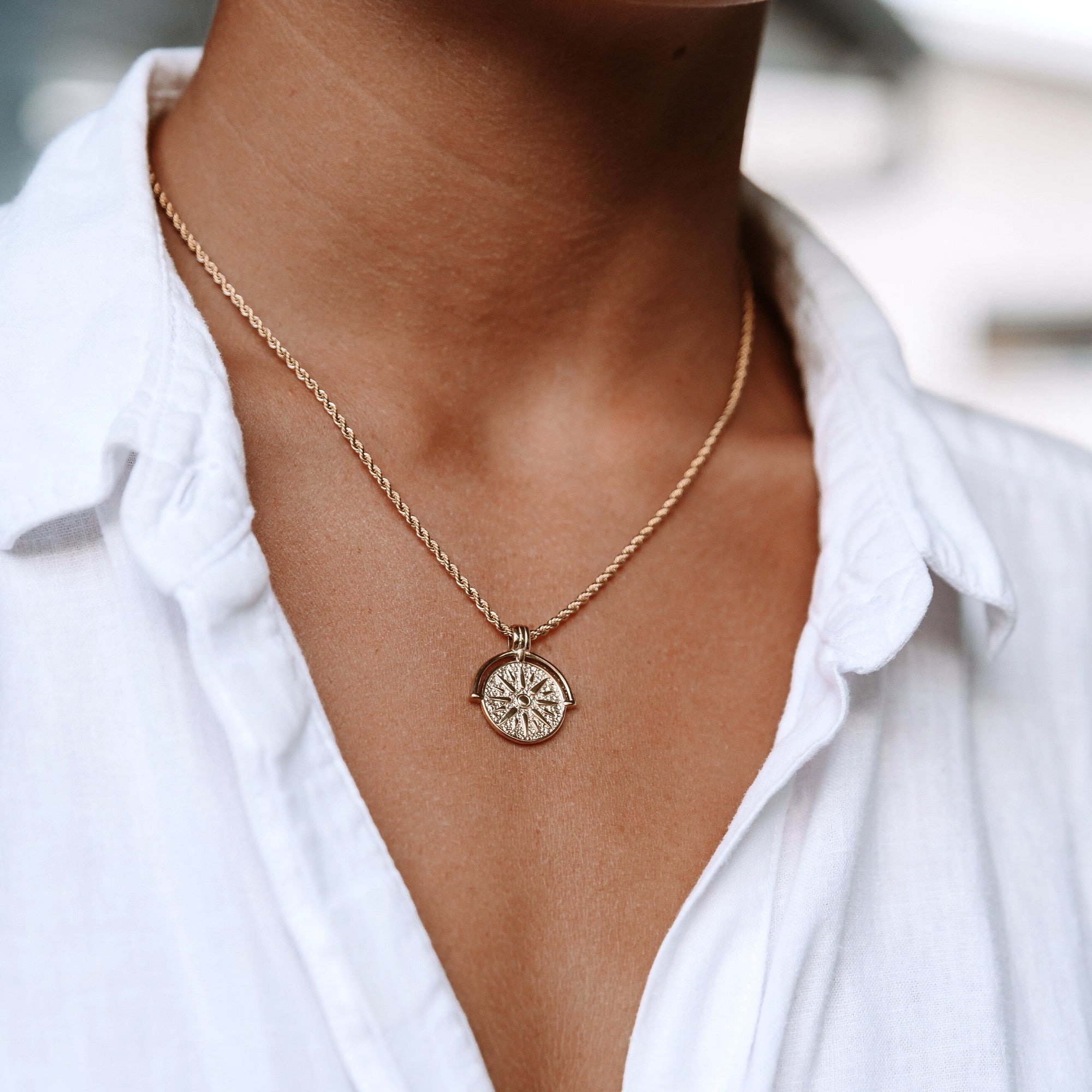
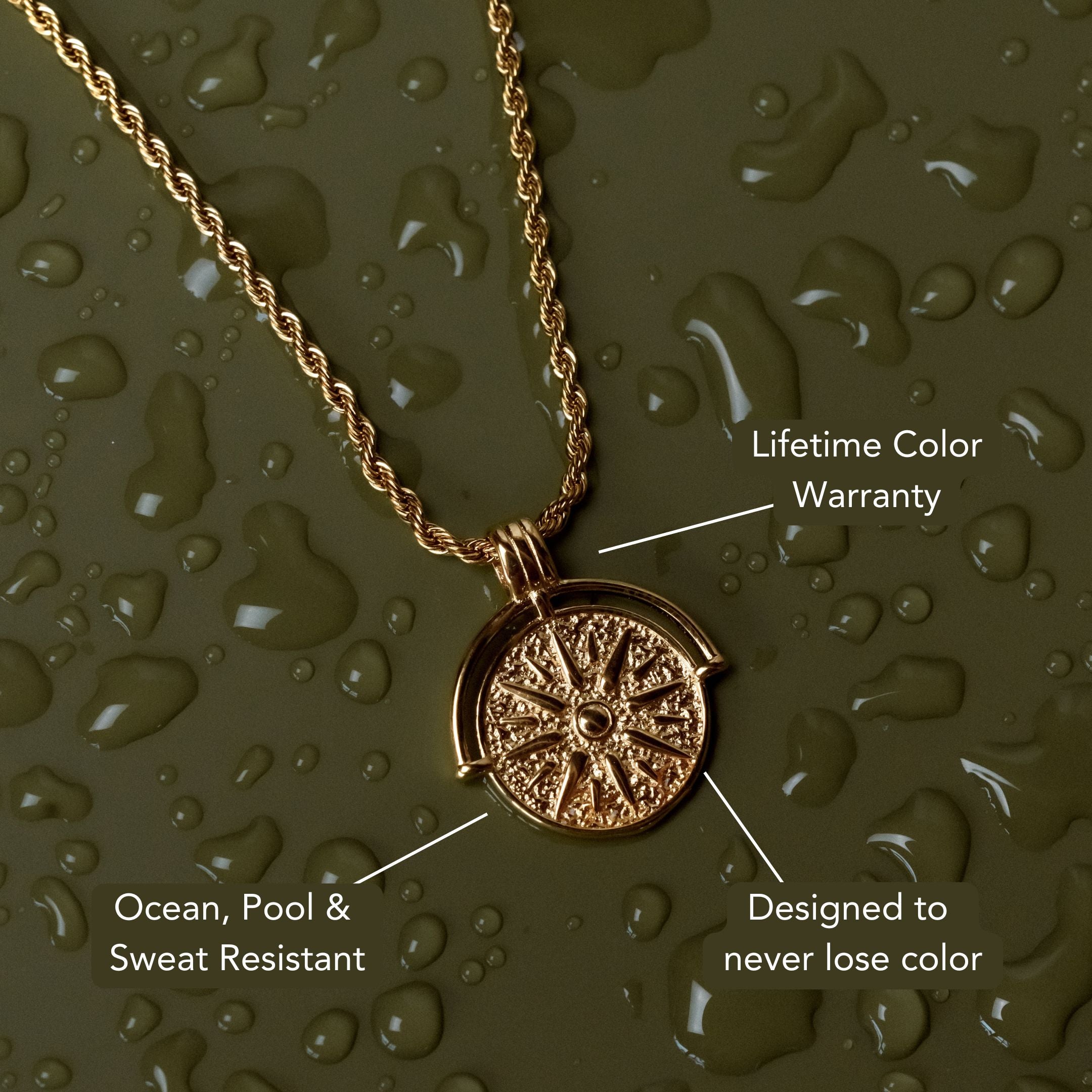
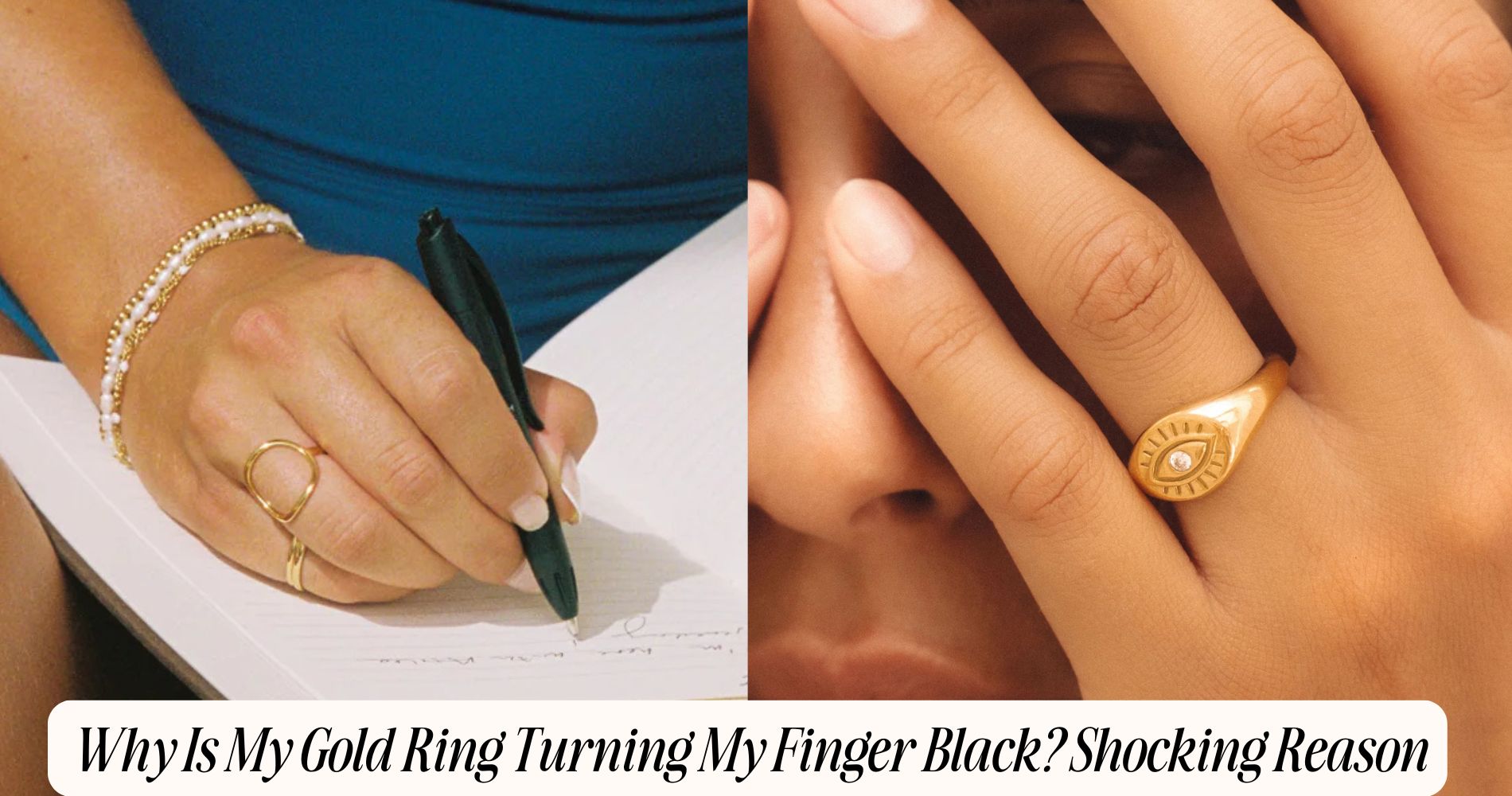
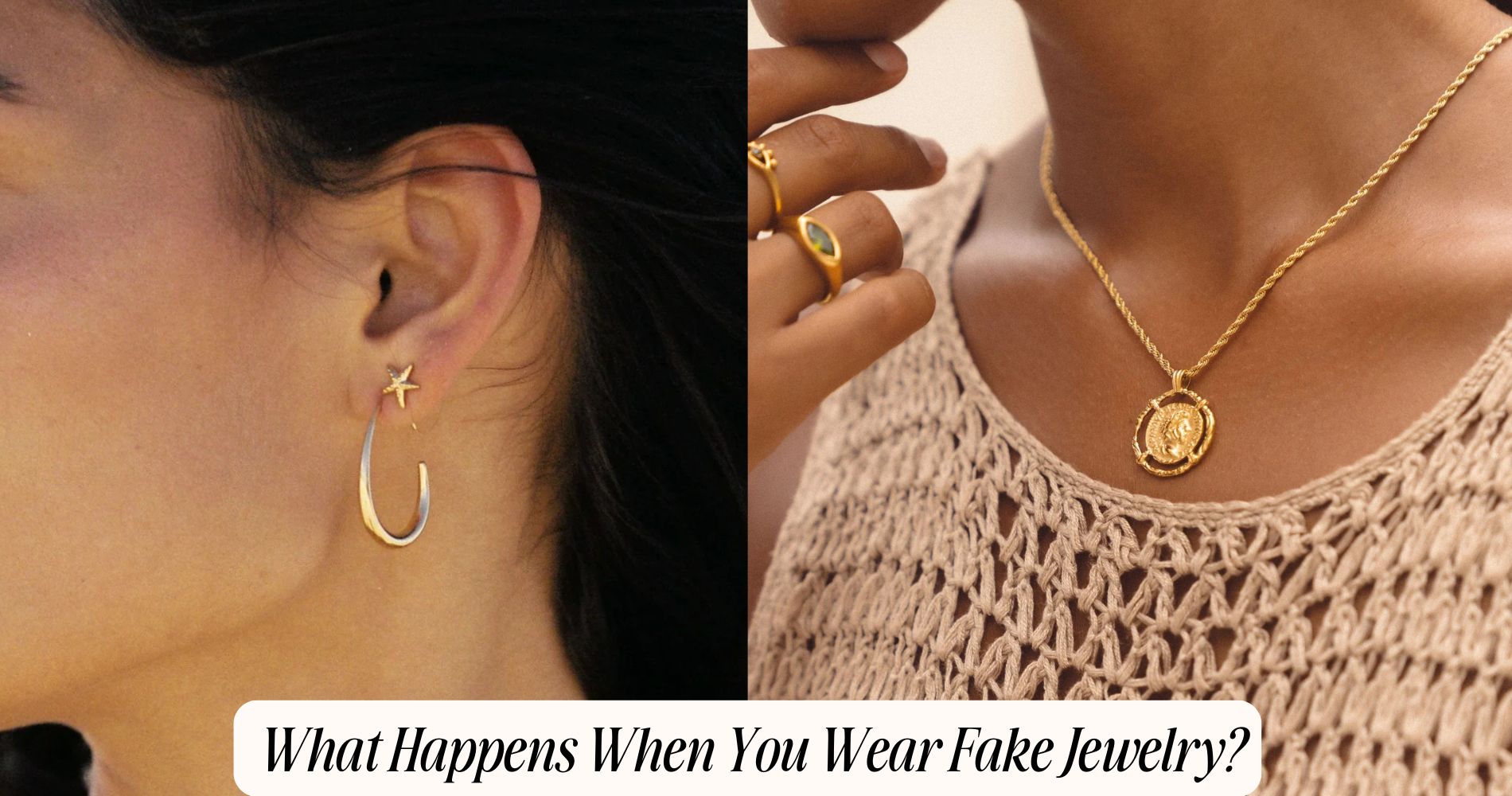




コメントを書く
このサイトはhCaptchaによって保護されており、hCaptchaプライバシーポリシーおよび利用規約が適用されます。